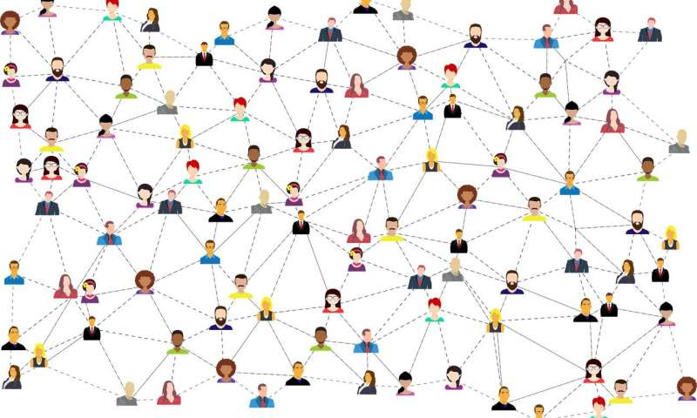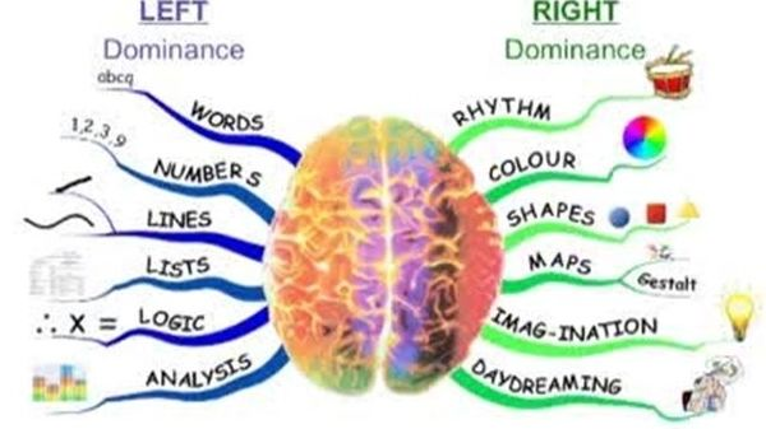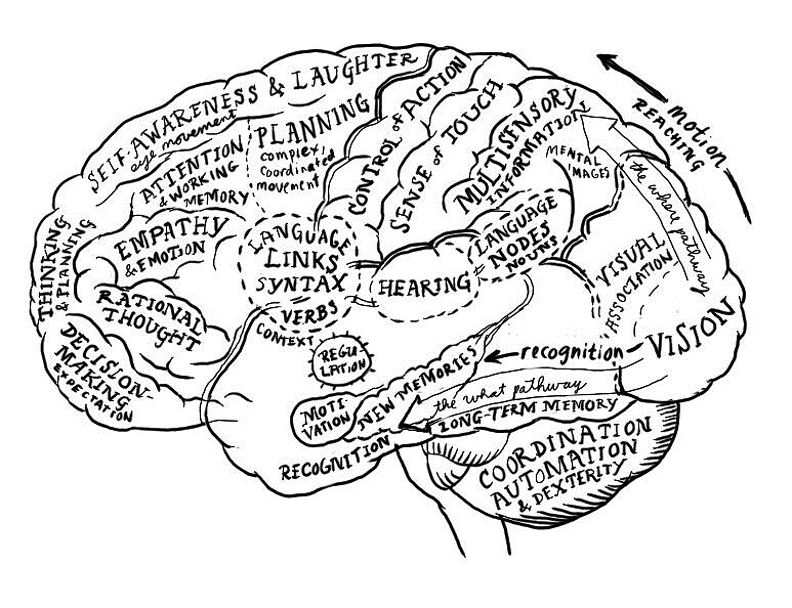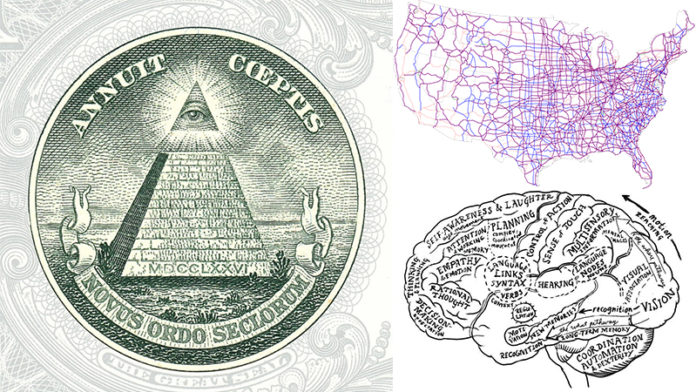Almost every line of work is driven by, or affected by, “thinking in models.” Abstracted, simplified visions of “what we are fundamentally doing here” are critical in business, science, and other fields.
In recent years, “business models” have become all the rage, especially boosted by Alexander Osterwalder’s excellent 2010 book Business Model Generation: A Handbook for Visionaries, Game Changers, and Challengers. Yet these thoughts are not a new invention: Peter Drucker talked of “the theory of the business” over twenty years ago. (When reading the great Drucker, you have to work to adapt his thinking to your situation, and to overlook his descriptions of which companies had their acts together, as such things can be very hard to predict.)
In a broader sense, the great 2018 book The Model Thinker: What You Need to Know to Make Data Work for You by Scott Page examines a multitude of models for thinking about things – for thinking about everything. The 1975 book An Introduction to Models in the Social Sciences by Charles Lave and James March, which inspired Page’s work, is also excellent, and not redundant to Page’s book.
Another book, one of my all-time favorites, is not titled “models” but is a feast of ideas to trigger your thinking, full of patterns worth keeping an eye open for: Universal Principles of Design, Revised and Updated: 125 Ways to Enhance Usability, Influence Perception, Increase Appeal, Make Better Design Decisions, and Teach through Design. Another book that introduces many diverse ways of thinking about the world around us, is General Systems Theory: Problems, Perspectives, Practice, by Lars Skyttner.
The “models” described in these books are really metaphors – seeing patterns in concepts and ideas, making connections that may not often be obvious. Humans are known to have a natural tendency to seek patterns; it is a core aspect of human higher intelligence. While some studies indicate that we often see patterns where none exist, my own experience is that a far bigger failure is not seeing patterns where they do exist.
It is no surprise that I spend much of my time seeking these patterns, studying diverse models, from those books and other sources. But I often find new models and metaphors, new ways of looking at what I and the entrepreneurial thinkers I mentor are doing. Here are four examples of very basic, common things and ideas that everyone can relate to, but which few take the time to think about “how they relate to what I or my company is doing.” Each of these patterns is worth pondering and returning to as we all try to understand our own lives, organizations, and those around us.

1. Vision
Think of all the ideas that word implies and leads your mind to.
How is your peripheral vision? If you were running IBM in the 1960s, would you have seen the PC coming? IF you were Sears, would you have seen Walmart; or at General Motors, Toyota? In your personal life, are you looking around corners? Can you look backward to see where you came from, to learn from the past? Or do you only look straight ahead?

Can you see far away or into the future? Are you visionary?

Can you home in on the details that matter?

Do you use your stereovision to perceive depth?

Can you apply different perspectives? Can you look at your world like a physicist, a sociologist, a psychologist, or an economist? A mother or father or sister or brother?



Might you need to see the world through a new lens? What are you blind to?

Perhaps most important of all, can you rise to the top of the mountain and perceive the big picture?

2. Trees
Family trees and trees in the organization of the files on your computer – they all follow the model of real trees. They are usually heavy at the top and heavy at the bottom. They have branches and they have roots, and those places are “where the action is.”

What aspect of your business spreads out at both ends? You have suppliers and customers. You may have thousands of stockholders and thousands of employees. Do you spread out at the top like an oak or a weeping willow, or are you a palm tree, with a narrow top?
What else in your life has a pattern like this?
3. Rivers
I sometimes think about myself and, in my mind’s eye, I am still the little boy I was sixty years ago. I have many of the same interests, characteristics, and physical attributes. Yet the world around me changes all the time. Might I be sitting on a riverbank, where the dirt is pretty much the same and the barns and bridges are the same, but the water has never been the same, changing every second?
Does my organization have core values and competencies, that will help us weather any flood, storm, or a drought?

At the same time, the river is also much like a tree. (Remember that all models are fluid, and often overlap.) The mighty Mississippi derives from many streams, big and small, at its top, and ends up in many streams at the delta in southern Louisiana.


4. Connections
We often obsess on objects but fail to pay enough attention to the things that hold them together. The mortar between the bricks.

Yet the world depends on linkages, bridges, and networks. The big trunk of that tree and the main channel of the Mississippi are both links between the critical parts at the top and bottom. Networks and linkages are everywhere around us. Do any of these look like something that touches your life?









When looking at these maps and diagrams, studying these patterns, how well are you using the most important network of them all, your own neural network?



As you look around, what things resemble your brain? The subway system? A tree? A river? An eye?
The best book for seeing how ideas and concepts connect to each other is Roget’s International Thesaurus – make sure and get the 7th edition, far better than the newer 8th edition and one of the best values in all of publishing.
Keep those eyes open for patterns, and then think about what you can learn by studying them, by understanding how such systems work. The return on your mental investment can be huge!
(For many more ideas about learning and thinking, check out my book The Lifetime Learner’s Guide to Reading and Learning.)











